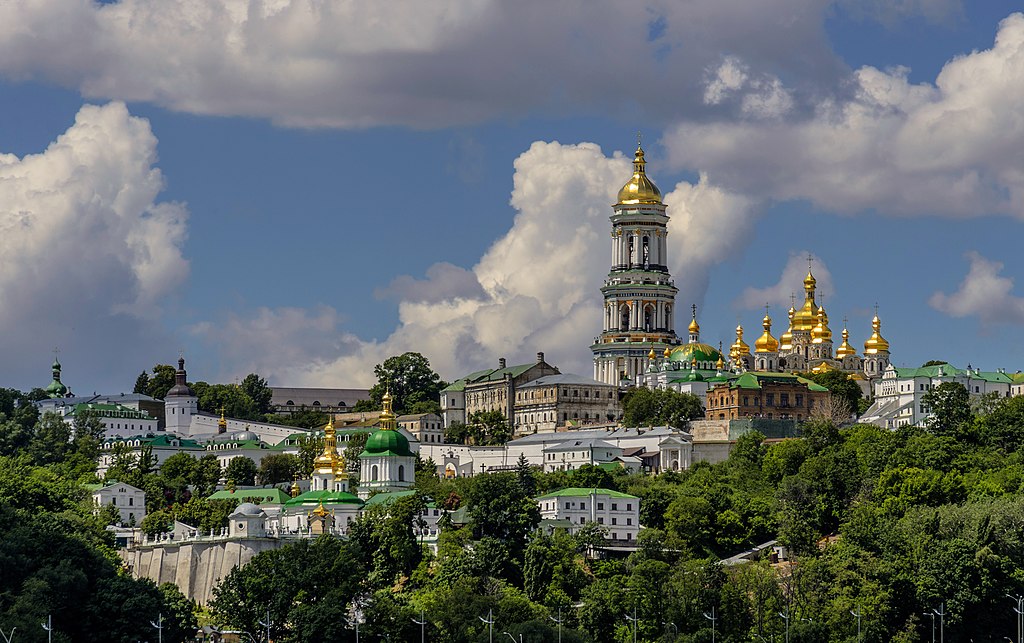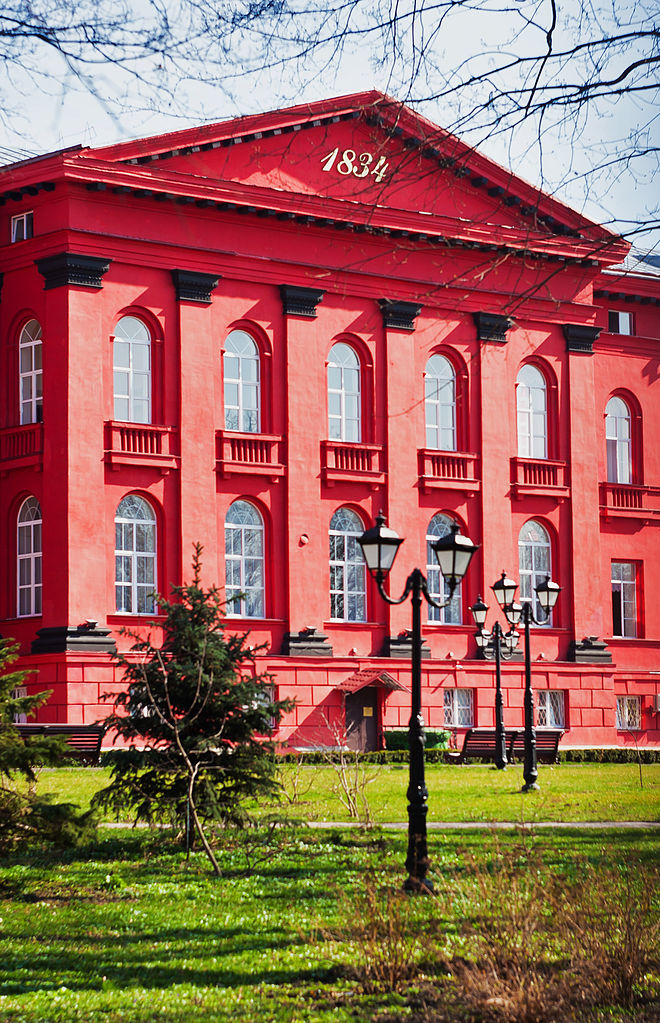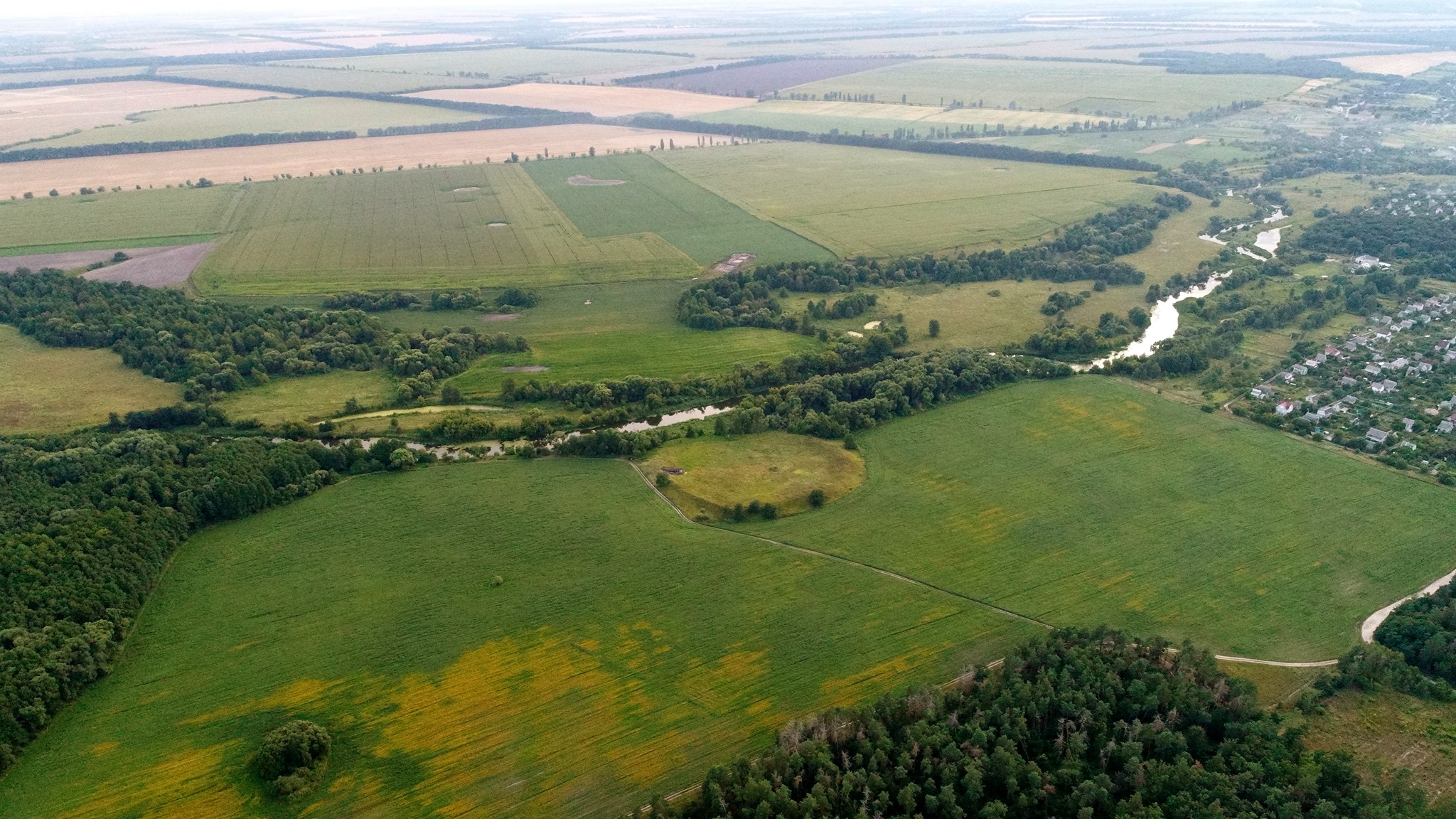Upaveldas.lt is an initiative of the National Commission for Cultural Heritage of the Republic of Lithuania and it is currently the only heritage map that presents all historical periods of Lithuania and types of cultural heritage abroad. This map is constantly being expanded – at the beginning of 2024, it was supplemented with more than 60 objects related to Lithuania in Ukraine. On the website upaveldas.lt, you can find the exact location of the object, read its history, and view photos – this allows you to discover places that are not recommended to visit during the war in Ukraine.
Lithuanian cultural heritage in Ukraine: what do we know about it?
The involvement of Lithuanians in supporting Ukraine, both at the state and individual levels, is unprecedented in modern Lithuanian history. This solidarity has its clear visible signs – cultural heritage objects related to Lithuania, unfortunately often unknown to many. Paradoxically, it is precisely this unknown heritage that helps to better understand why Lithuania remains one of Ukraine’s closest supporters for its historical place in Western civilization. At the same time, this heritage tells entirely different stories than those propagated by the Kremlin, becoming an untapped weapon in the fight against Russian narratives.
According to the inventory list of immovable Lithuanian cultural heritage in Ukraine compiled in 2008, there are 55 locations in this country associated with Lithuania, each containing several objects attributed to Lithuanian heritage. These include cities and towns, churches, Orthodox churches and monasteries, castles and hillforts, and sites of significant events. The authors of the list state that it is definitely not final. However, this only pertains to immovable heritage related to Lithuania. There are also movable and intangible heritage elements that no one has attempted to inventory yet.
Lithuanian cultural heritage in Ukraine: an untapped weapon in the fight against kremlin narratives
As historian Robert Service stated, there is a popular anti-historical perspective in Russia about its past. For example, efforts are made to overlook that a large part of Ukraine, including Kyiv, was under the control of the Polish-Lithuanian Commonwealth for longer than it was under the Russian Empire, and that Ukraine existed even earlier. Various Ukrainian lands were part of Lithuania for almost 250 years, and later for another 226 years, they were part of the Polish-Lithuanian Commonwealth. During most of this time, Moscow’s influence was successfully resisted. Grand Duke Gediminas, his sons, and their descendants founded cities, built castles, estates, and funded churches in Ukraine, establishing their noble branches. Due to their contributions to Lithuania, prominent local noble families emerged in Ukraine, and famous families from the Lithuanian core also settled here.
A Lithuanian castle, saints, and Maironis’ image of Lithuania in the capital of Ukraine
From the period of the Grand Duchy of Lithuania, we can undoubtedly consider Castle Hill in the Podil district of Kyiv as part of Lithuanian heritage. Here stood a wooden Lithuanian castle, which had up to 15 towers. The castle remained until 1651, when it was burned down. Today, the former castle is commemorated by an elongated hill, which prominently stands out in the panorama of the Podil district.
Another notable Kyiv landmark associated with Lithuania is the Kyiv Pechersk Lavra. The contribution of the Gediminas dynasty to this heritage site is significant—after the Mongol invasions, the Pechersk Monastery was restored by Vladimiras Algirdaitis, the son of Algirdas. This monastery is renowned as a large necropolis; many monks, as well as other notable figures, were buried in its caves. Among those resting here are many notable personalities from the Grand Duchy of Lithuania.

Another Kyiv location closely associated with Lithuania is the current Taras Shevchenko National University of Kyiv. Established in 1834, the university received a significant amount of equipment from Vilnius, including parts of the archive, books, artworks, laboratory equipment, mineral and anatomy collections, and a herbarium. Many professors and students from Vilnius also relocated to the Medical Faculty of Kyiv University. The poet Maironis studied literature here for one semester and attended lectures on the history of the Grand Duchy of Lithuania. After his studies, he wrote a brief history of Lithuania, which established the enduring narrative of Lithuania’s heroic period, from the Baltic to the Black Sea. In 2012, a memorial plaque with a bas-relief of Maironis, created by sculptor Leonas Pivoriūnas, was unveiled on the facade of the Institute of Philology of Kyiv University.

There are several other Lithuanian-related heritage sites around the capital of Ukraine. One of the most intriguing is the Baltic burial site in Ostriv, located approximately 100 kilometers south of Kyiv. Archaeologists are studying this site, and several international projects are underway. The connection of the burial site with our regions is being explored through metallurgy and DNA studies, as well as research on horse mobility. Future investigations are expected to bring even more impressive discoveries at this site.

Information sources and the author of the article please find in Lithuanian language here
More information about Lithuania-related sites in Ukraine can be found on the website being developed by the National Commission for Cultural Heritage www.upaveldas.lt



